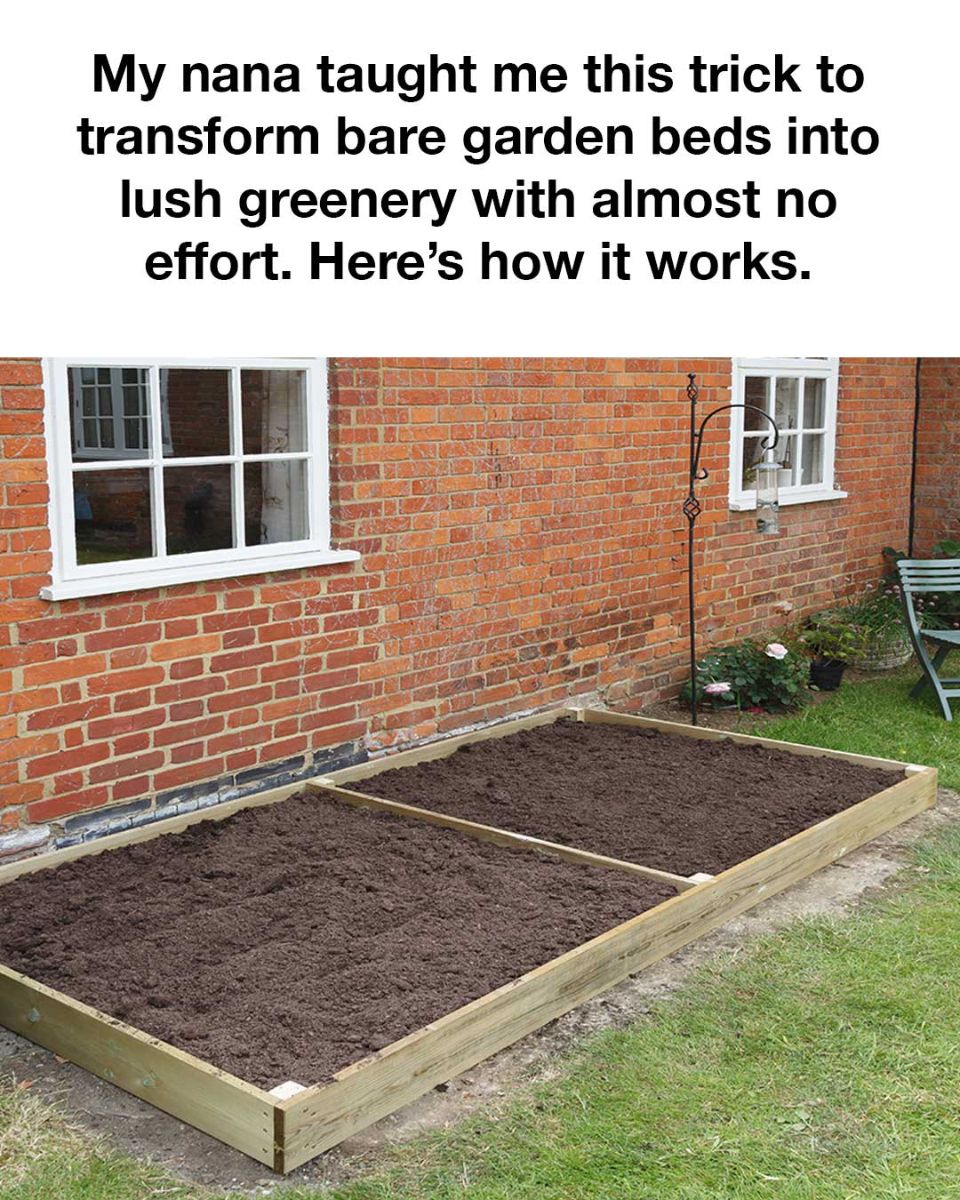Growing up, my nana’s garden was always a sight to behold—lush, vibrant, and overflowing with greenery. It was the envy of the neighborhood, and what amazed me most was how effortlessly she maintained it. While others toiled for hours, my nana seemed to transform bare garden beds into verdant oases with minimal effort.
As I grew older, I learned her secret wasn’t magic but a time-tested, simple gardening technique that anyone can use. Today, I’m excited to share that secret with you: lasagna gardening.
The Power of “Lasagna Gardening”
Lasagna gardening, also known as sheet composting, involves layering organic materials on top of your garden bed. This method not only builds rich, fertile soil but also suppresses weeds and conserves moisture—meaning less work for you!
Why Lasagna Gardening Works
Traditional gardening often requires extensive labor, including tilling, weeding, and fertilizing. Lasagna gardening simplifies this by building soil from the top down. By layering organic materials, you mimic the natural decomposition process, creating nutrient-rich soil without the need for tilling.
Each layer in a lasagna garden serves a specific purpose:
- Cardboard or Newspaper: This first layer smothers existing weeds and grass, reducing the need for digging up sod. Wet the paper or cardboard thoroughly to help it break down and prevent it from blowing away.
- Coarse Organic Material: Next, add a layer of twigs, straw, or coarse compost. This layer improves aeration and drainage.
- Green Material: The third layer should include green, nitrogen-rich materials like grass clippings, kitchen scraps, or green leaves. This helps jumpstart decomposition.
- Brown Material: Follow with a layer of brown, carbon-rich materials such as dried leaves, shredded newspaper, or wood chips. This balances the nitrogen from the green layer and helps create humus.
- Compost and Soil: Finally, top the bed with a 2-3 inch layer of finished compost or topsoil where you can plant seeds or seedlings directly.
Over time, these layers decompose, creating a nutrient-rich, loose soil ideal for plant growth. The best part? There’s no need to till or turn the soil, making it perfect for low-maintenance gardening.
Step-by-Step Guide to Starting Your Own Lasagna Garden
see continuation on next page
ADVERTISEMENT
